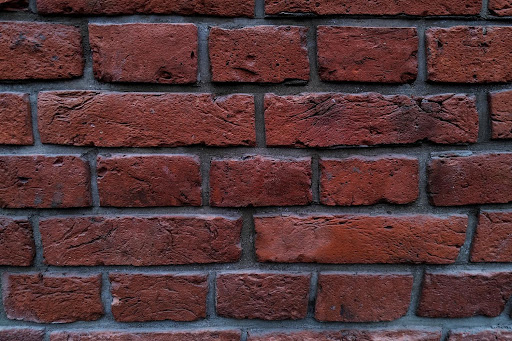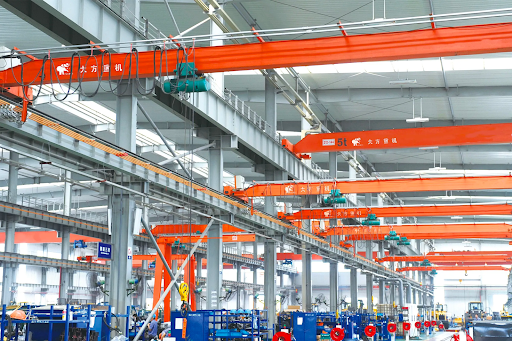Picture a structure that pops up in the heart of the wilderness, withstanding the fury of a snowstorm or the scorching heat of the desert. We’re not talking about any ordinary building, but about engineered fabric buildings, specially designed to endure the whims of Mother Nature.
Unlike the rigid structures commonly seen in city landscapes, these innovative shelters embrace flexibility, literally bending rather than breaking when conditions get tough. It’s this very adaptability that has revolutionized the way we approach construction in environments that laugh in the face of traditional materials and methods.
Table of Contents
Comparing Traditional and Fabric Structures in Adverse Weather Conditions
Conventional buildings have their merits, but when faced with extreme weather, they can be vulnerable. Their rigid design and heavy materials require significant time and money to repair if damaged. In contrast, engineered fabric buildings can dance with the elements. Their lightweight nature and robust design mean quick installation and remarkable durability.
Real stories from users around the globe reveal that these structures have emerged unscathed from hurricanes, heavy snow loads, and everything in between, thanks to the tightly woven fabrics and resilient frames.
Real-life Accounts of Fabric Buildings Withstanding Harsh Climates
From the icy expanses of the Arctic to the sweltering heat of the Sahara, these buildings prove their mettle time and time again. Picture a research team in Antarctica, sheltered in a fabric building that keeps the bone-chilling winds and freezing temperatures at bay. Or imagine workers in a remote mining camp, where daily operations continue unhindered beneath a durable canopy that shields them from the relentless sun. These are not mere anecdotes but testimonials to the reliability of fabric structures in the face of weather extremes.
The Materials and Design Features that Contribute to Durability
The secret to the resilience of these structures lies in the synergy between cutting-edge materials and innovative design. The fabrics used are not your average tent canvas but are often coated with substances that enhance their resistance to UV rays, mold, and fire.
The architectural design, too, is no accident. It draws on principles that distribute stress and offer stability, ensuring that these buildings don’t just stand up to the elements; they thrive amidst them. It’s a symphony of science and engineering, offering practical, sturdy shelters in even the most inhospitable locations.
Bringing Efficiency to Remote Operations with Portable Structures
Imagine being tasked with building a base in the middle of nowhere. The logistics alone could make even the most seasoned managers flinch. That’s where portable fabric structures come into play. They can be transported in parts and assembled on-site, slashing the time and resources typically required for conventional construction.
Case studies from industries as varied as construction to oil and gas exploration show a pattern: these structures are saving time, cutting costs, and proving themselves to be unexpectedly robust in their transient homes.
Embracing Green Building Solutions with Temporary Fabric Structures
As the world turns its eyes towards sustainable practices, temporary fabric buildings emerge as a frontrunner in the green building movement. They provide a flexible alternative to permanent structures, reducing the environmental impact linked with construction and demolition waste.
These buildings, often recyclable, echo the ethos of sustainability by demanding fewer raw materials and leaving a minimal footprint on the earth. Eco-conscious projects across the globe now incorporate these structures, proving that the drive towards green doesn’t sacrifice functionality or form.
Summing Up
When considering the next project on rugged terrains or facing environmental uncertainties, it’s clear why many are turning to fabric buildings. Their ability to resist the extremes, adapt to challenging landscapes, and promote eco-friendly construction methods isn’t just smart – it’s a testament to human ingenuity in the face of daunting natural forces.





